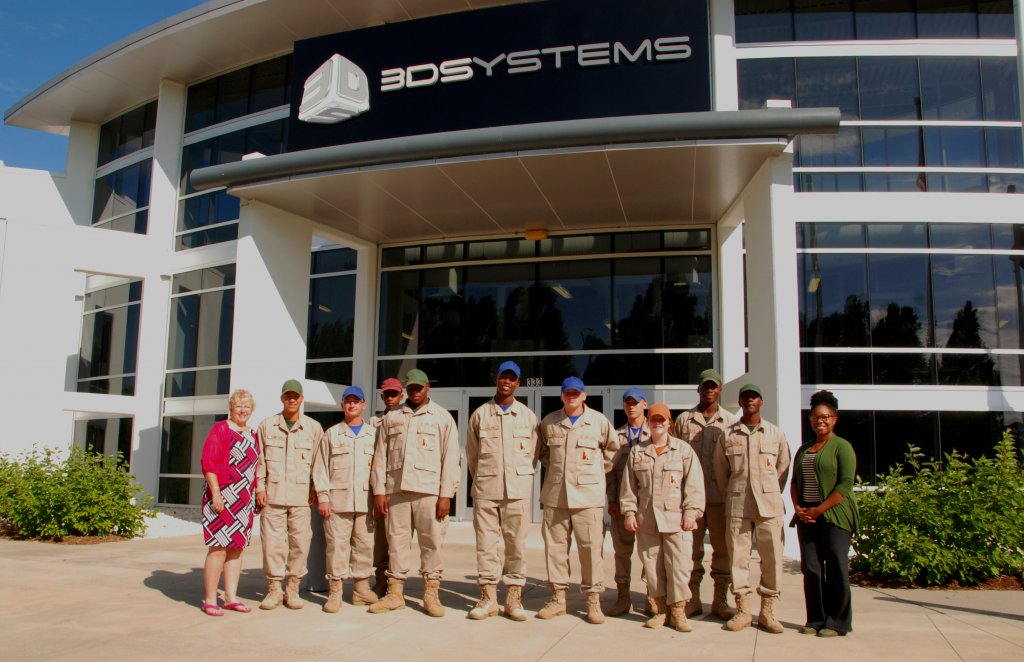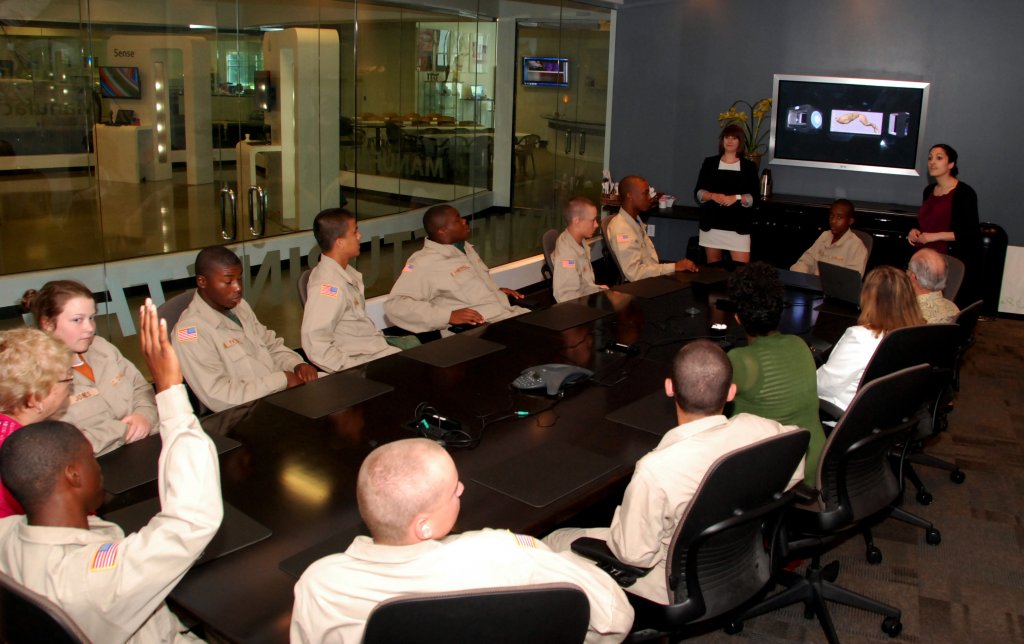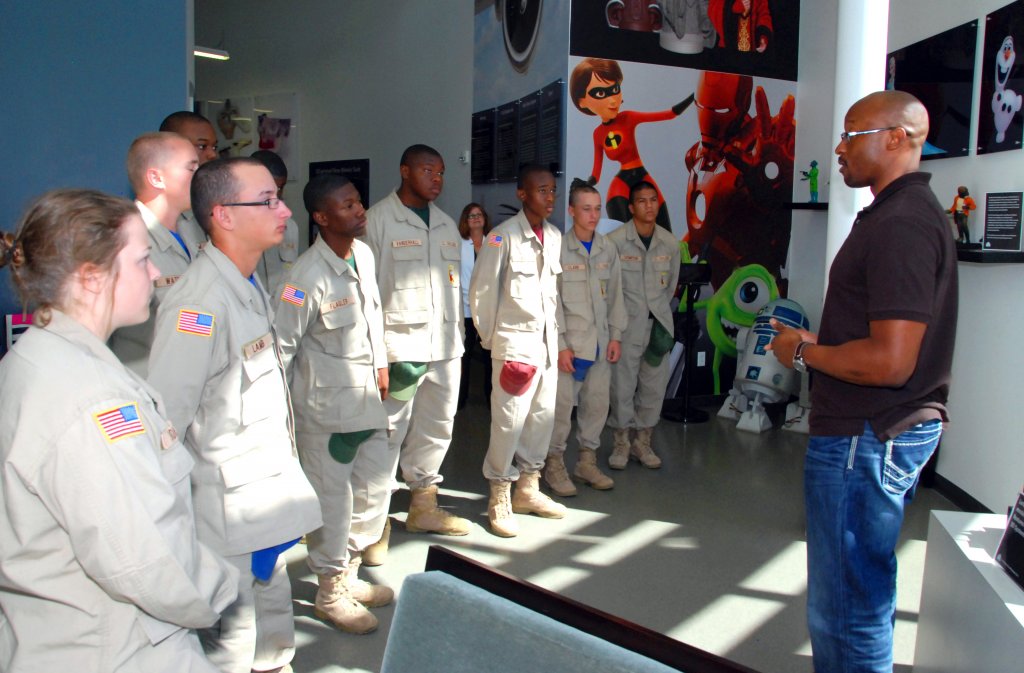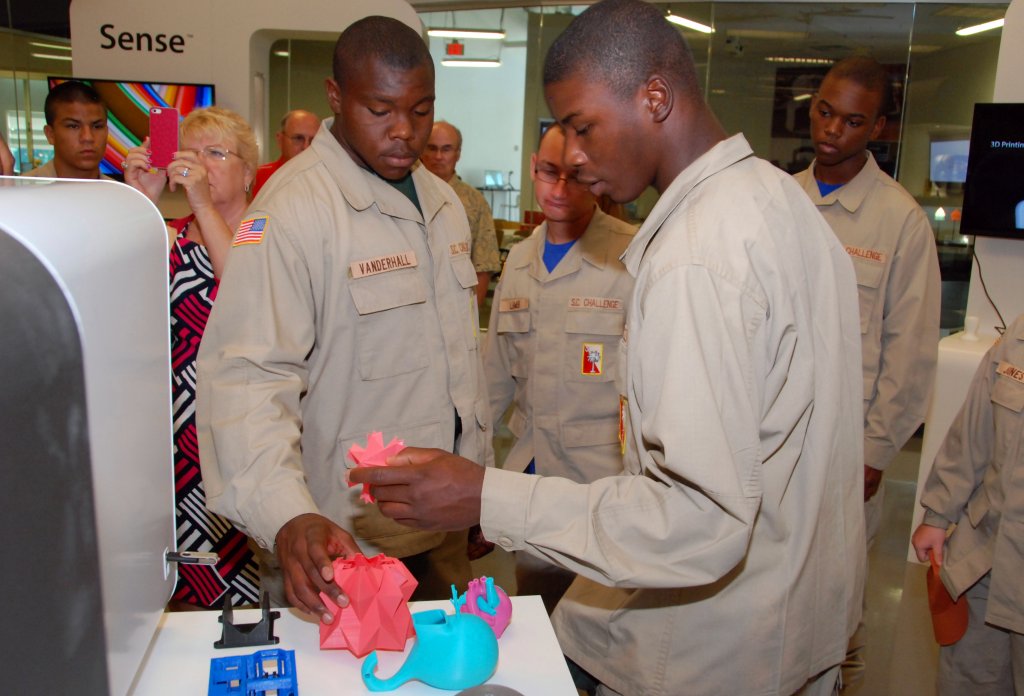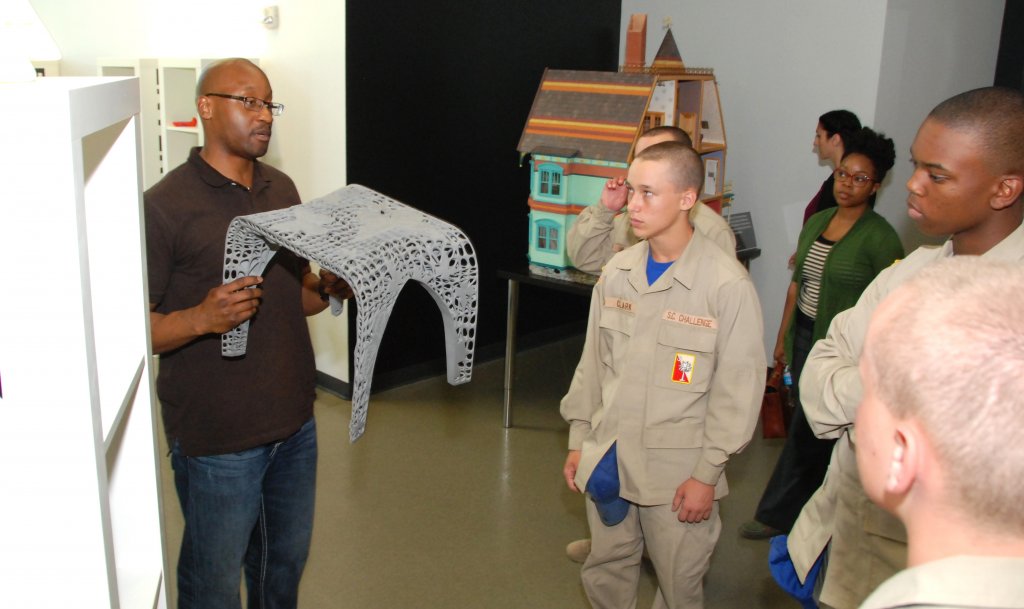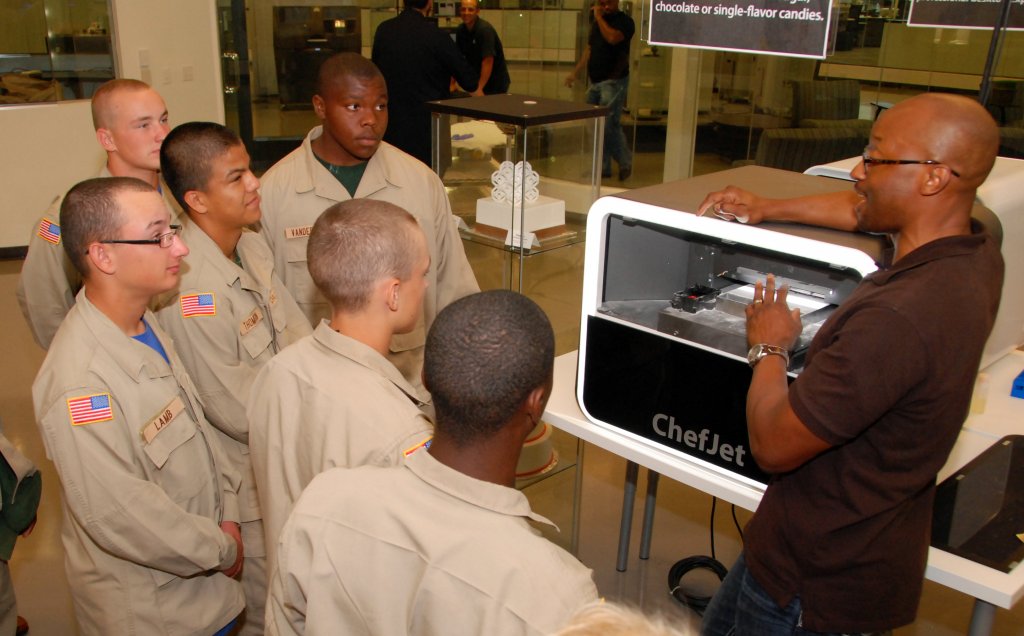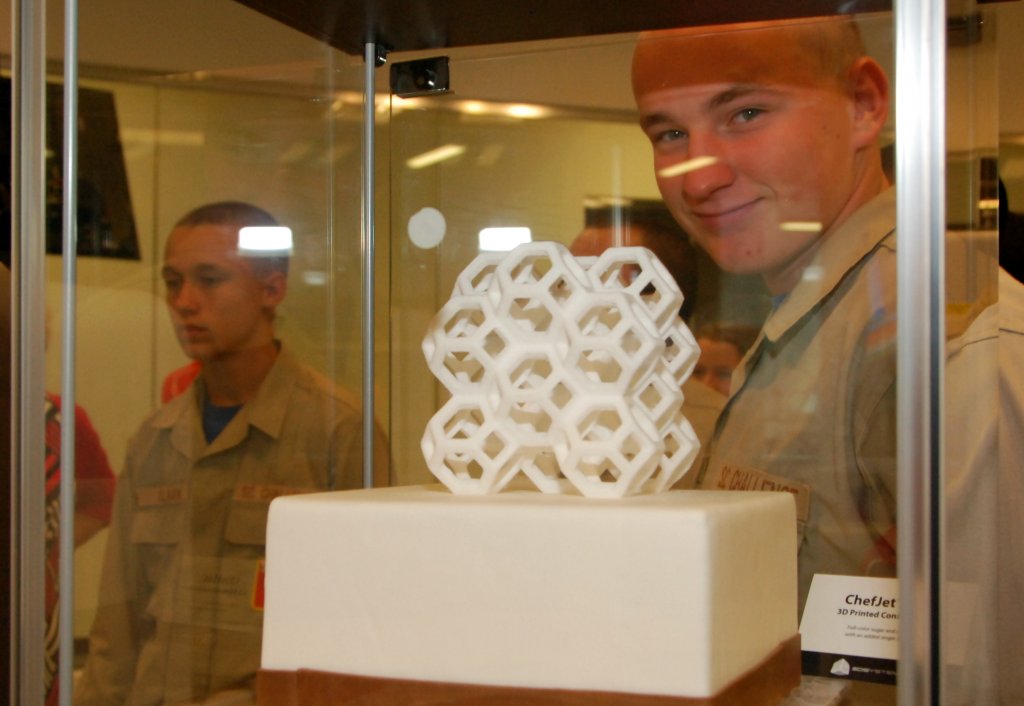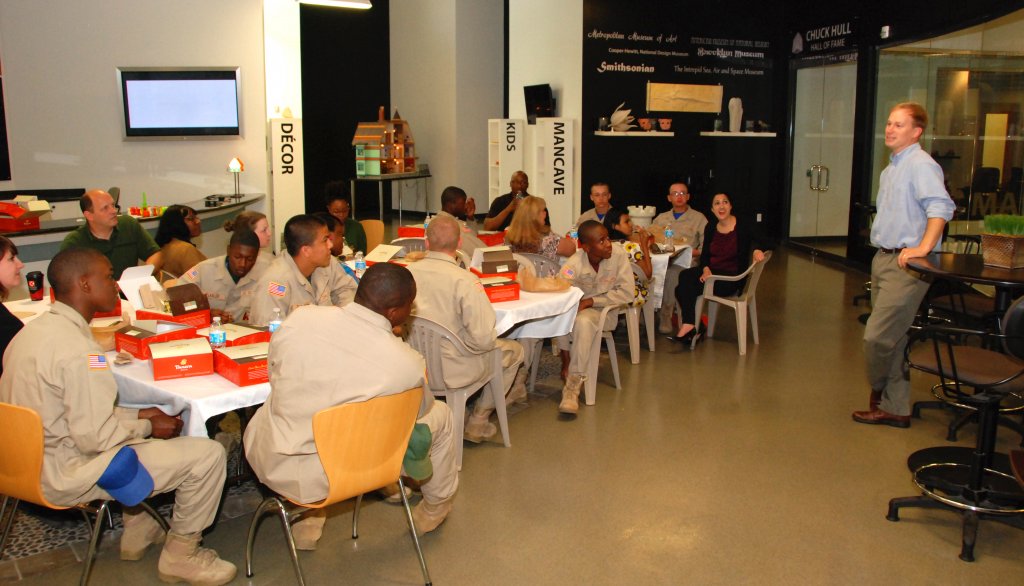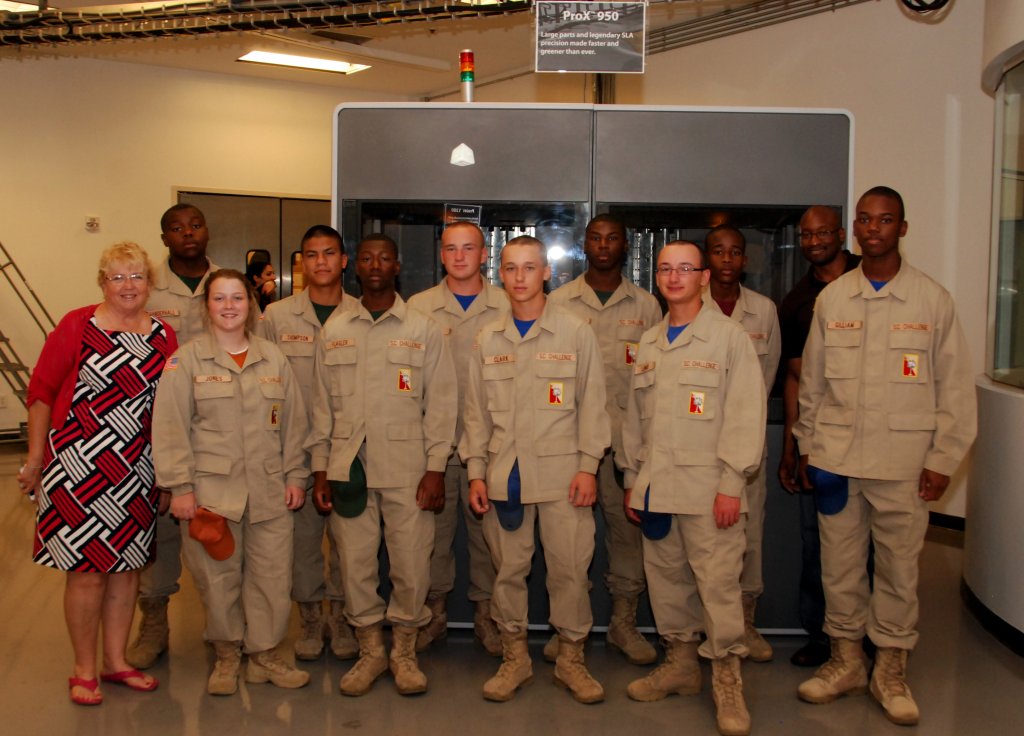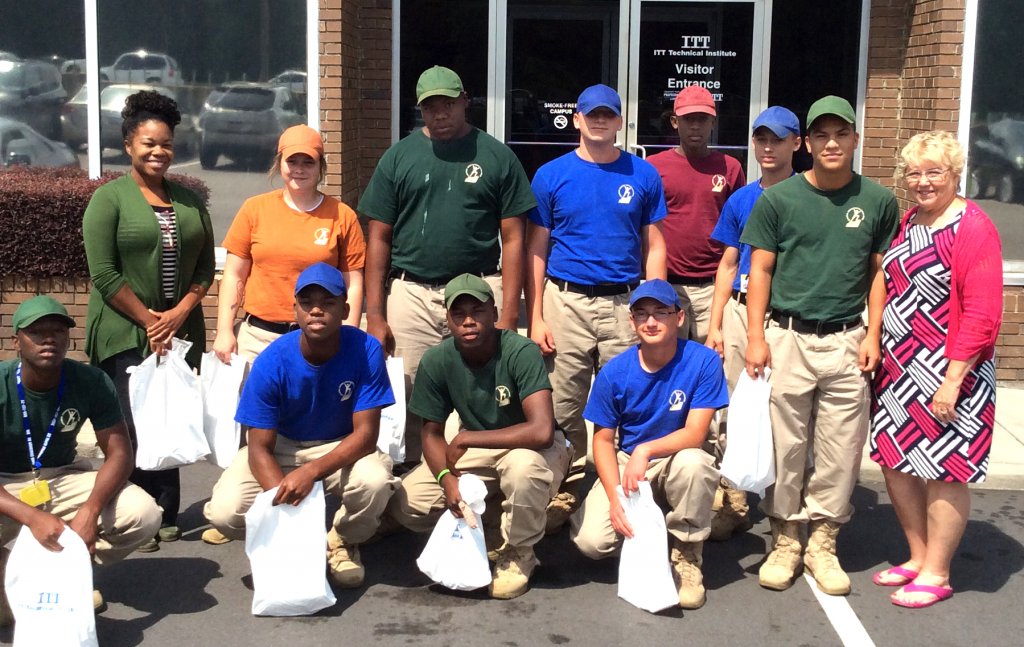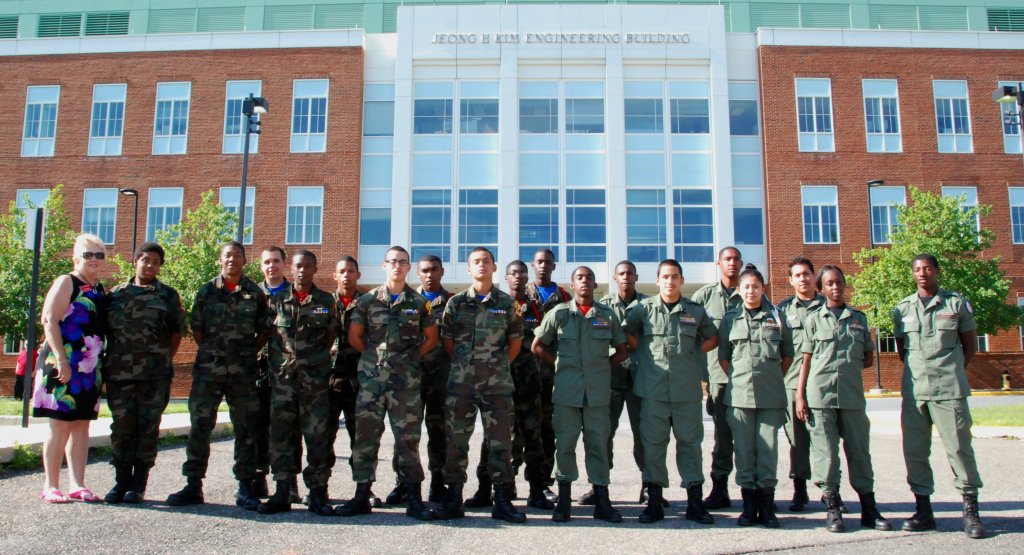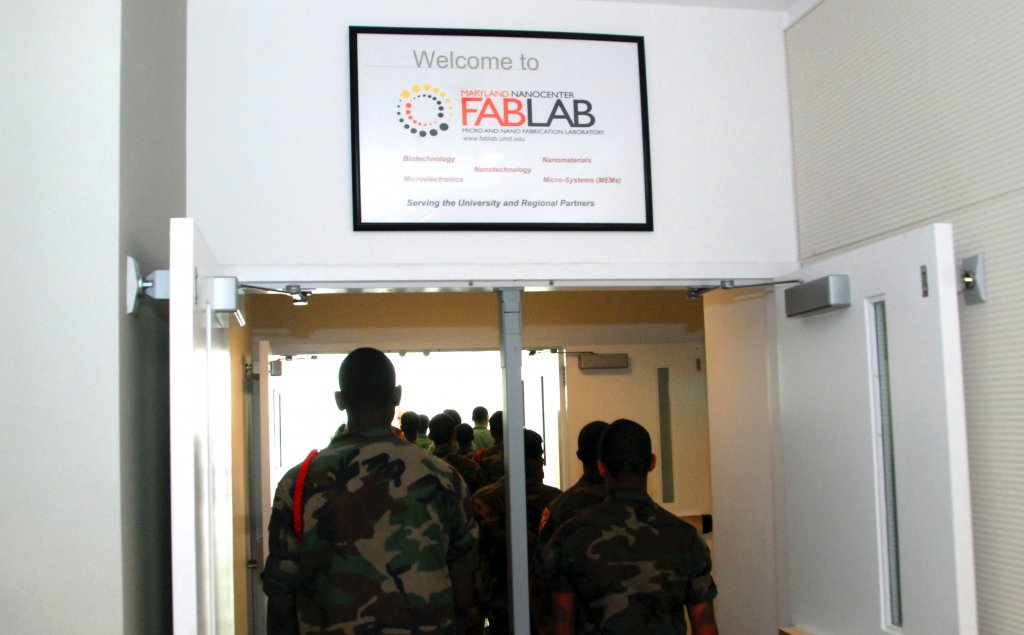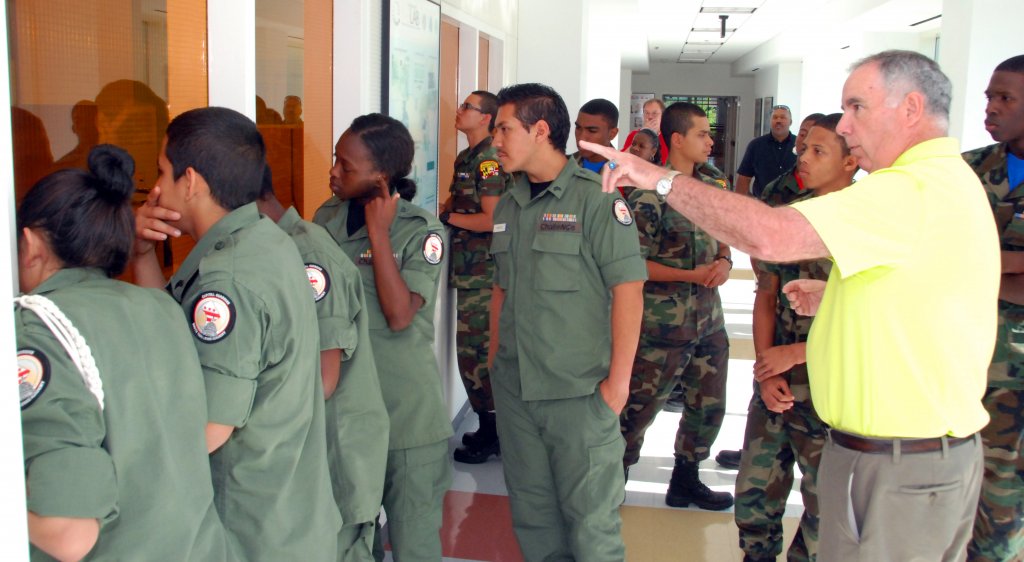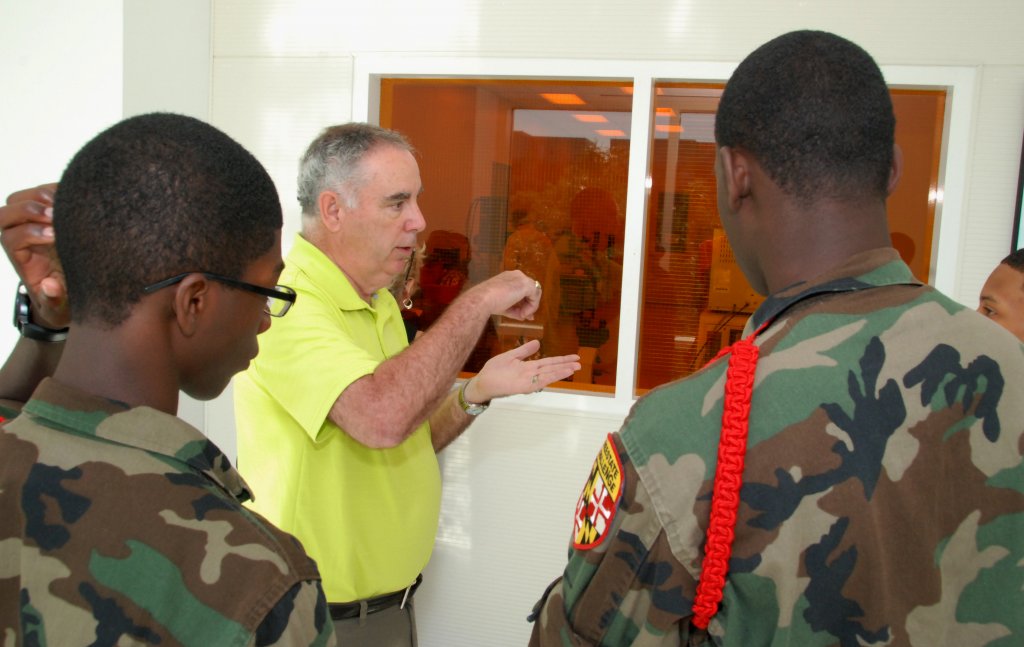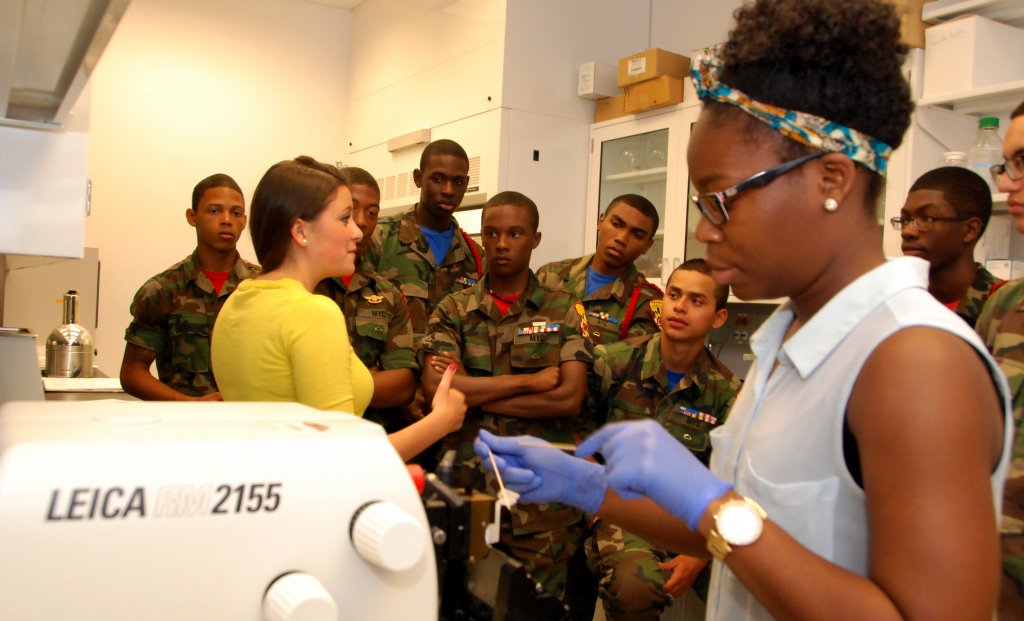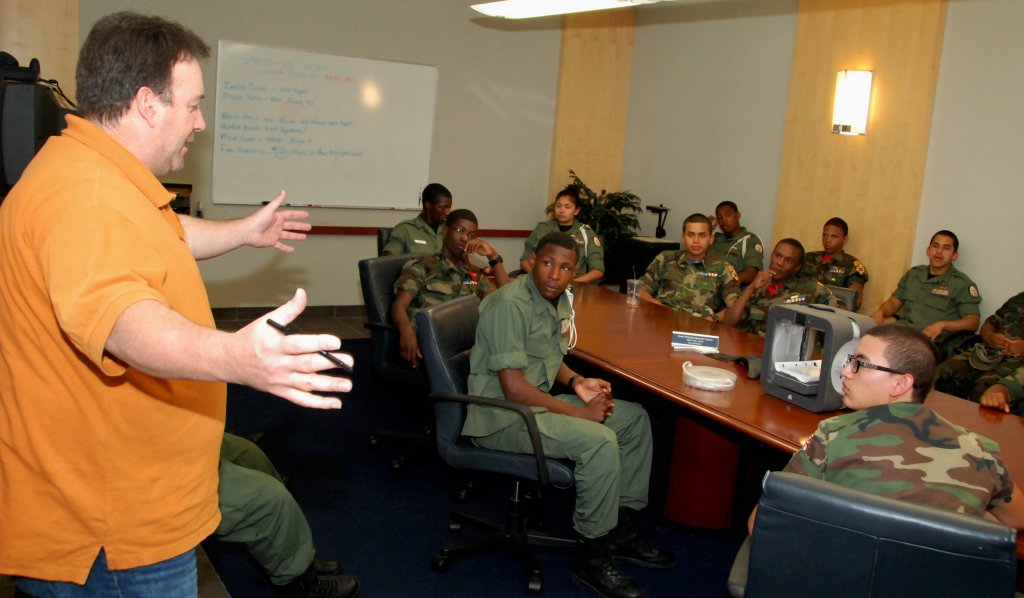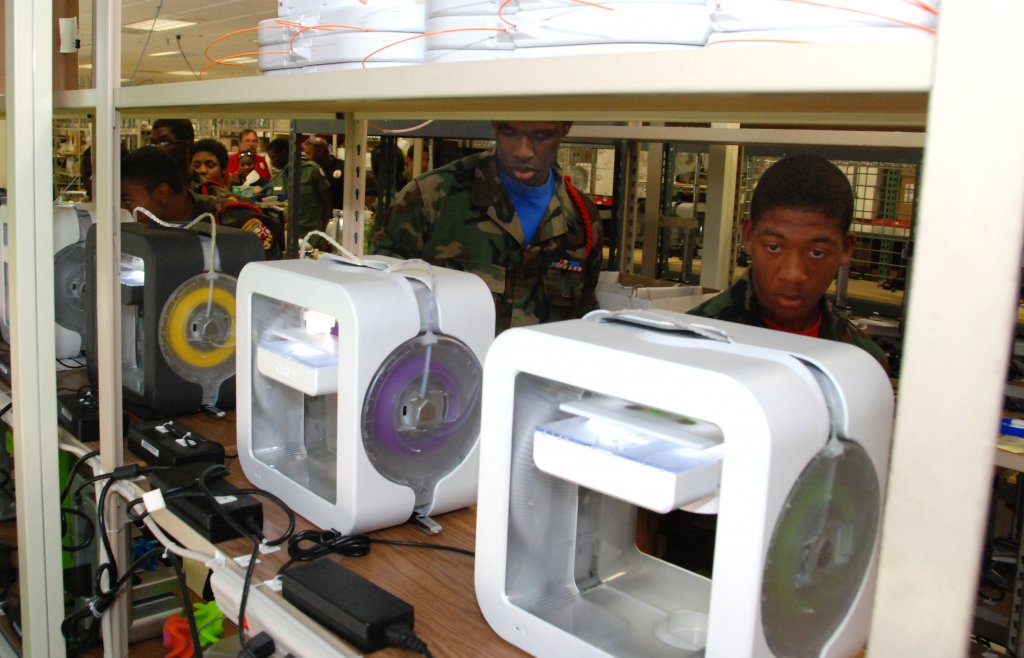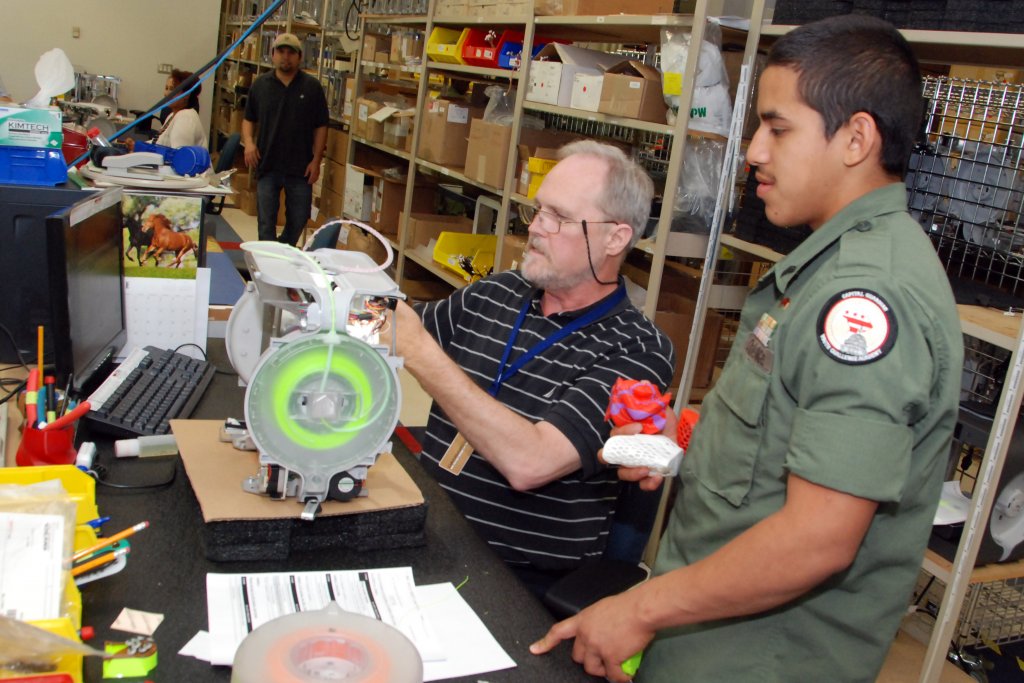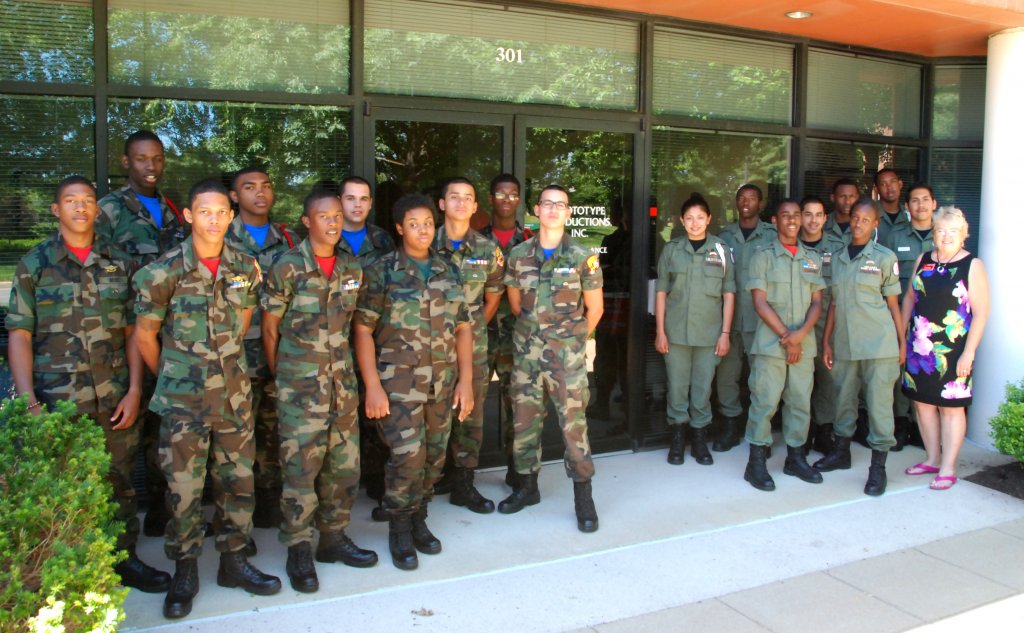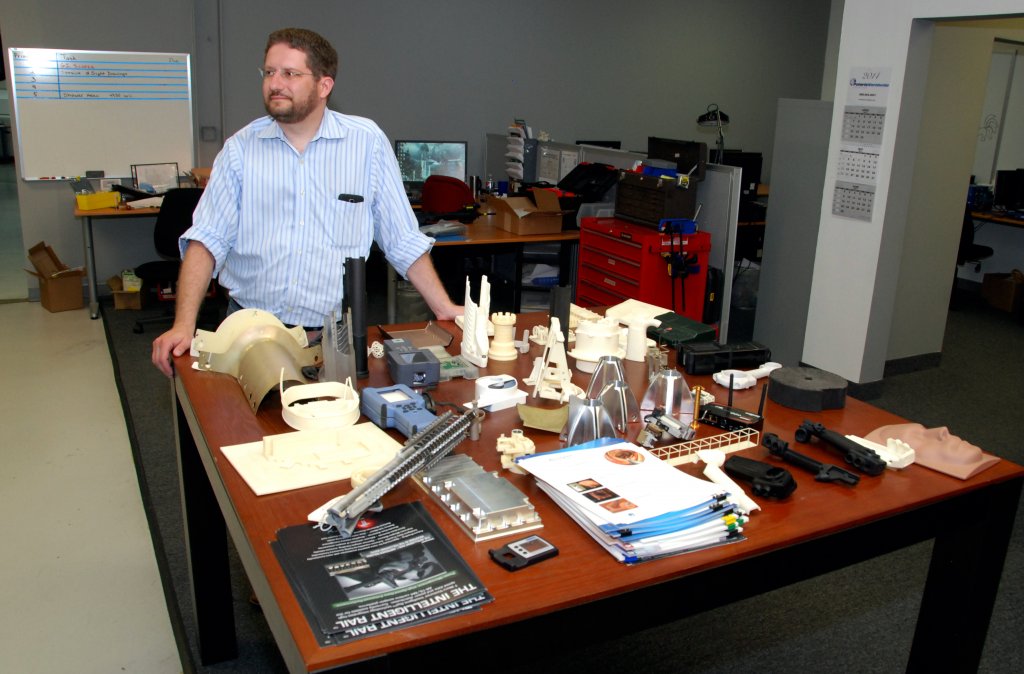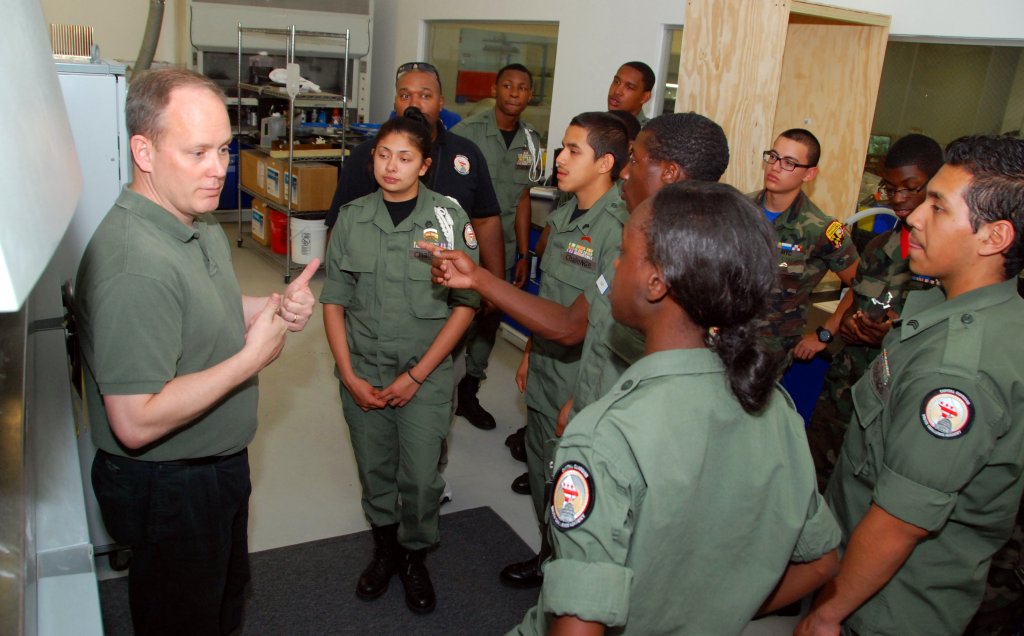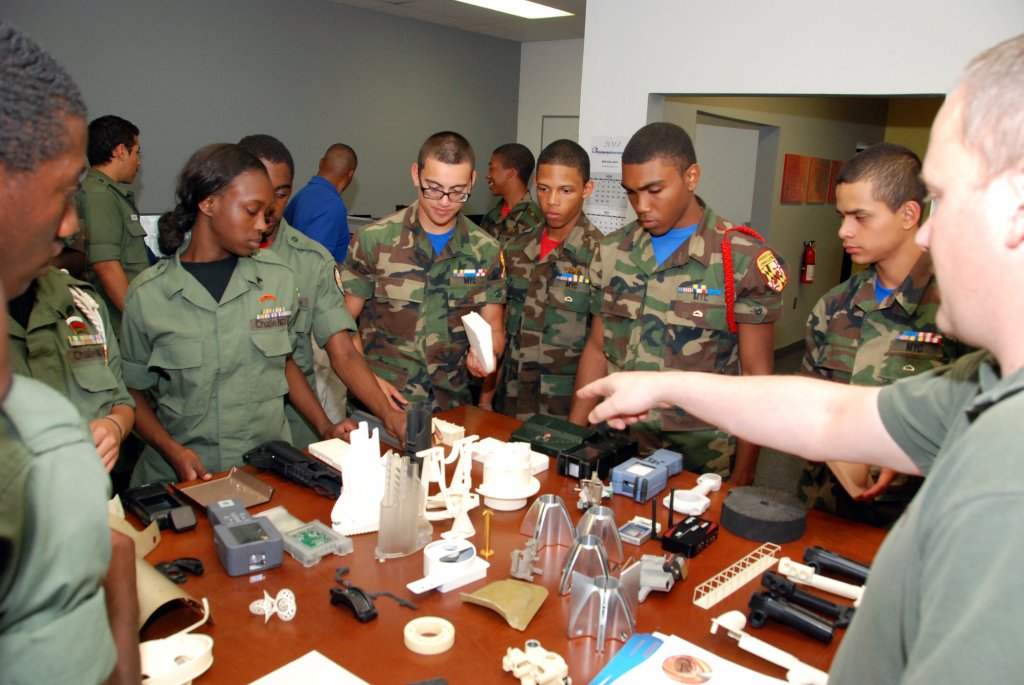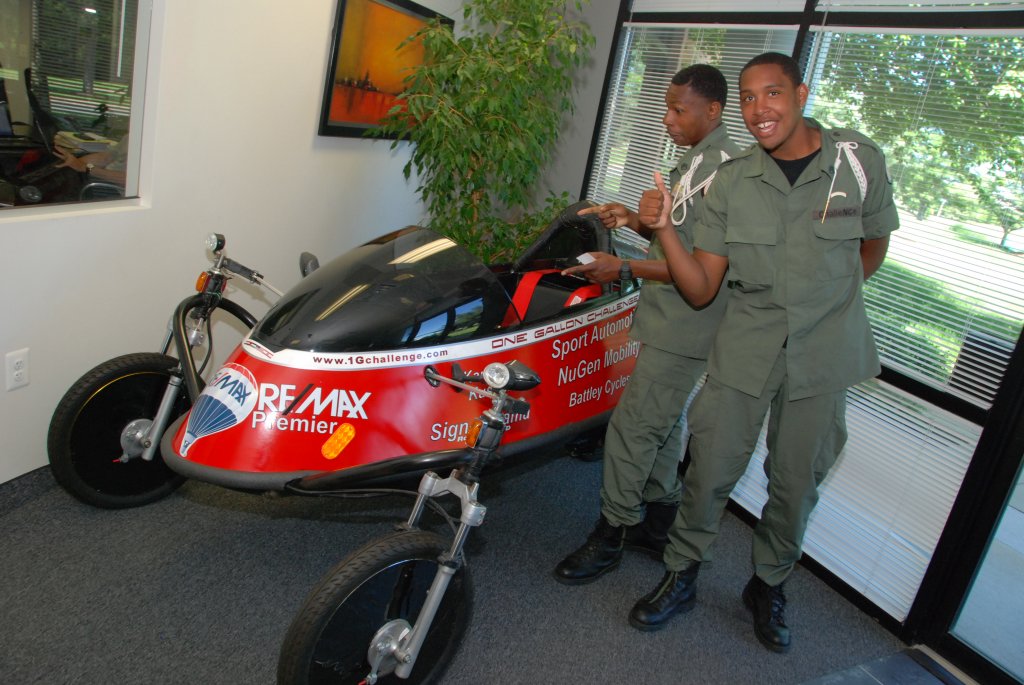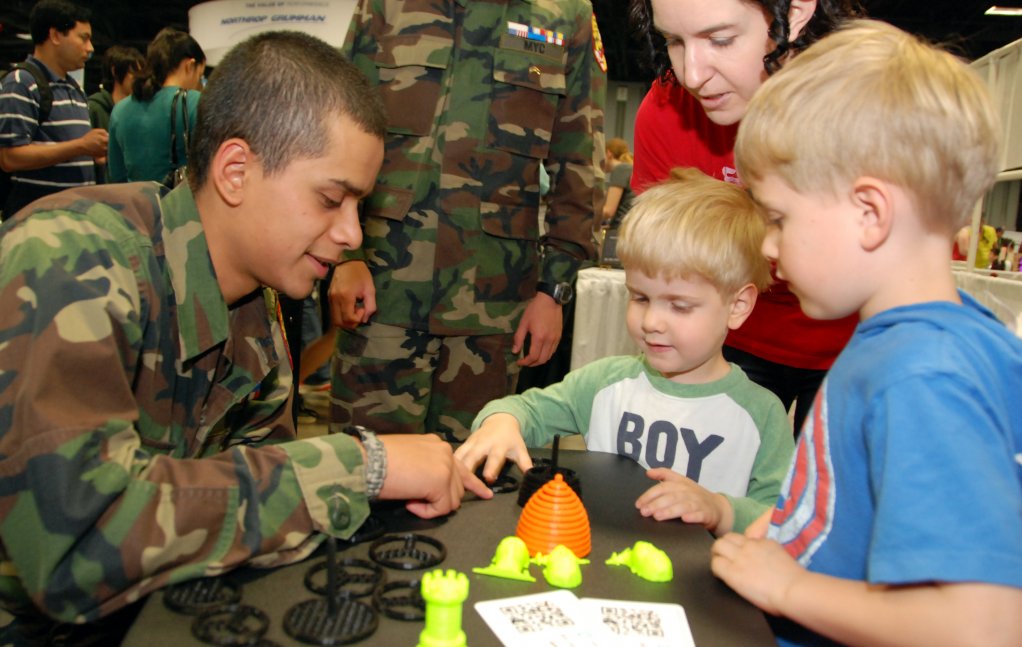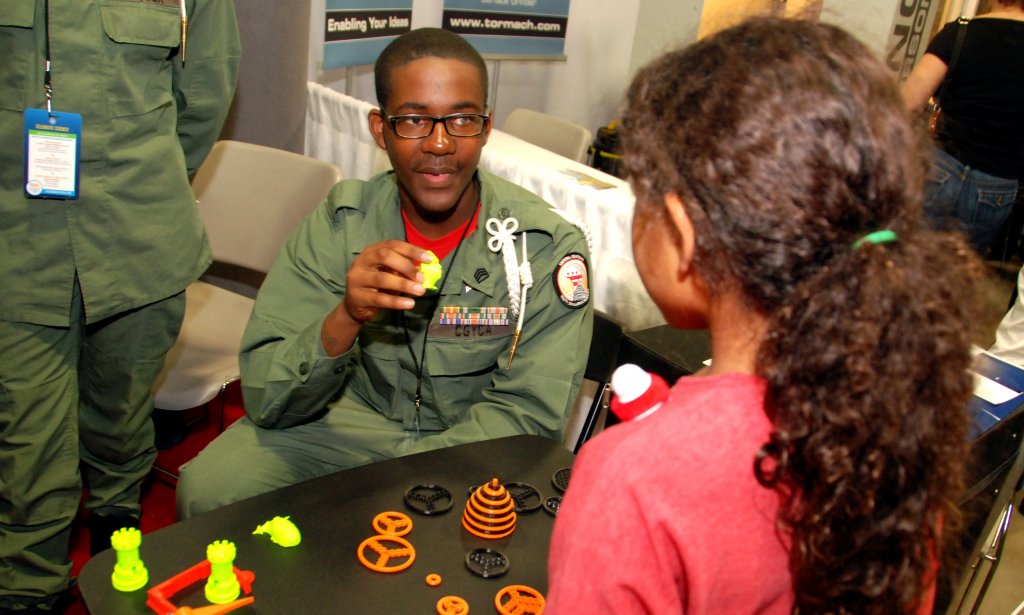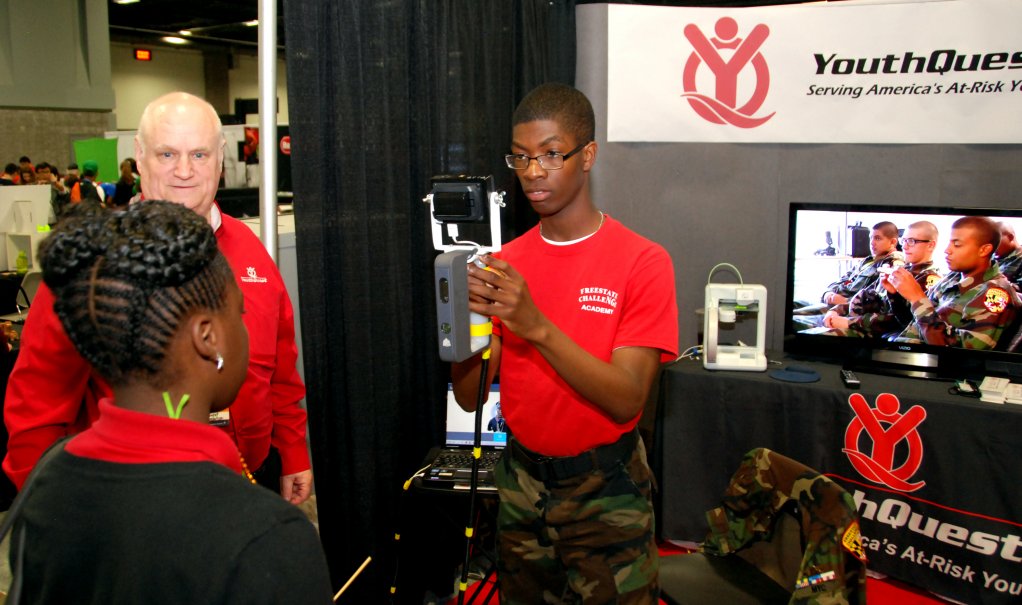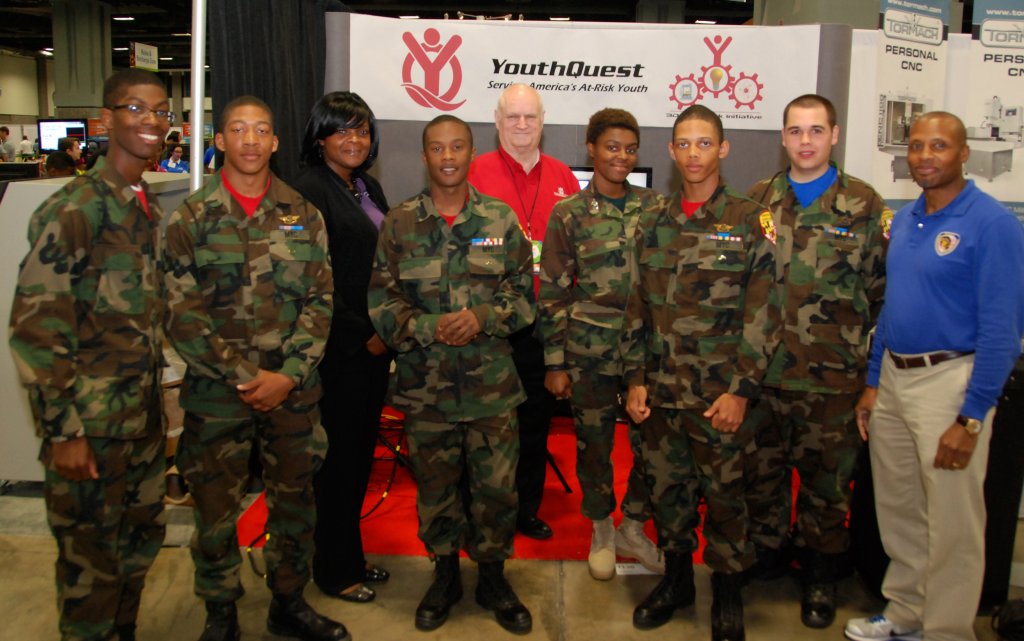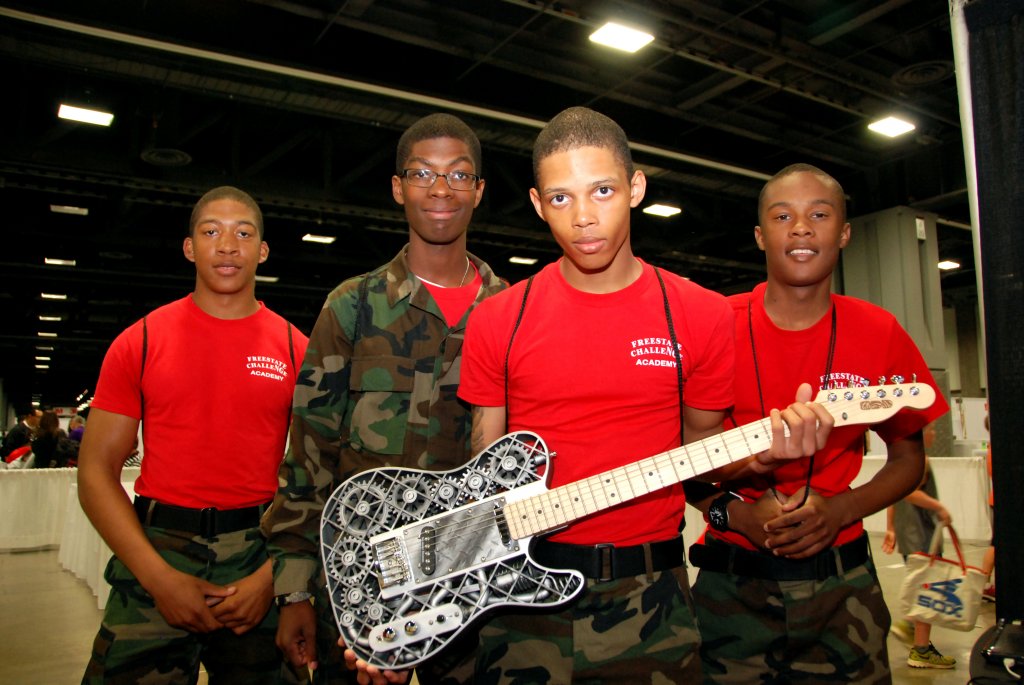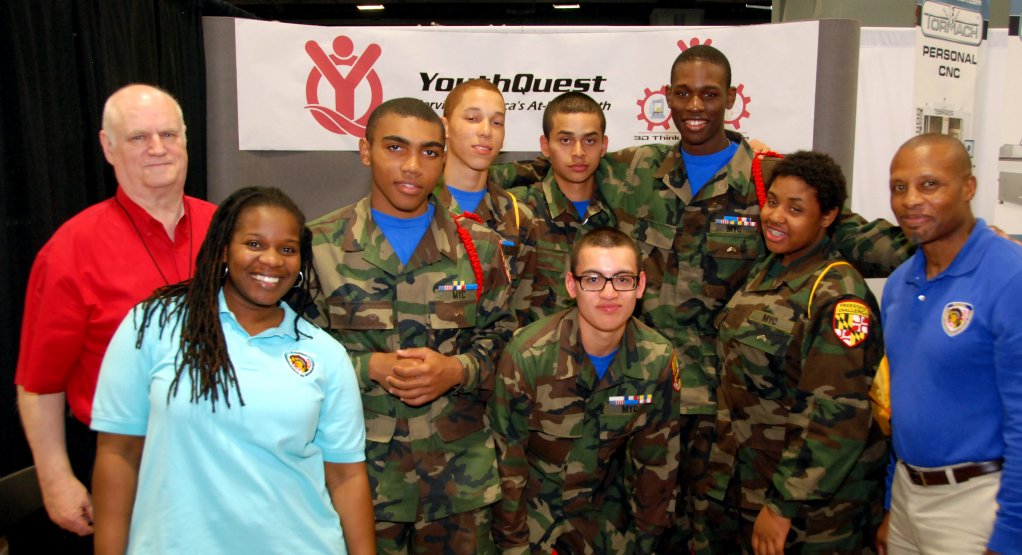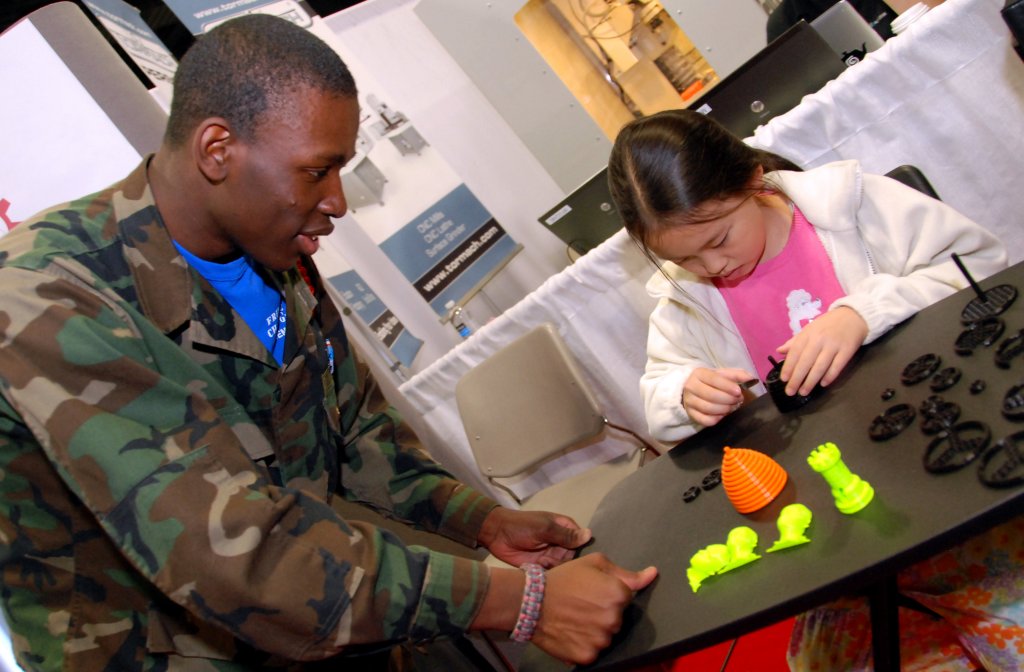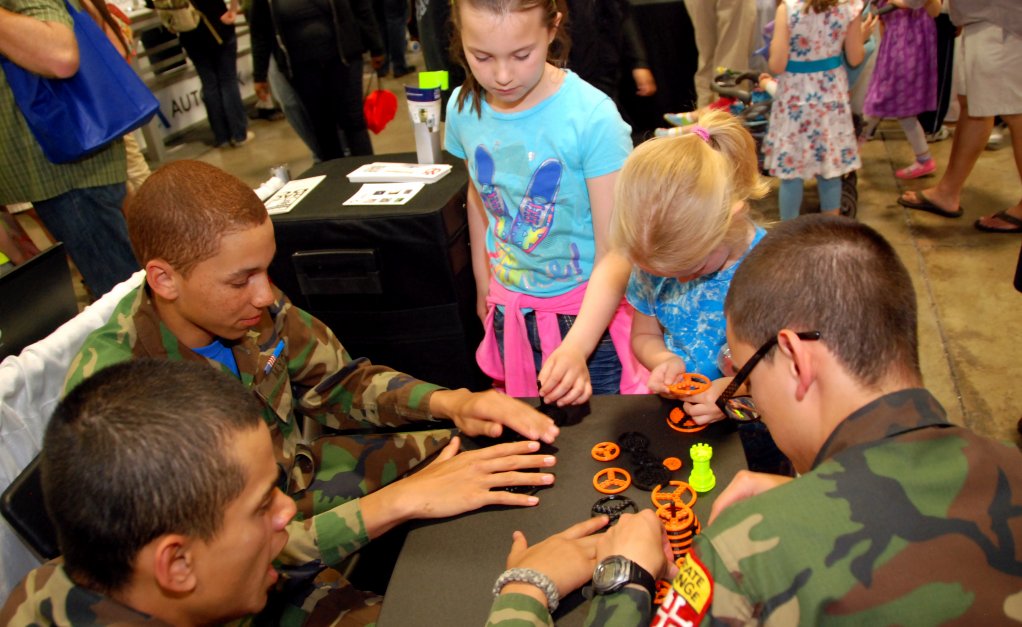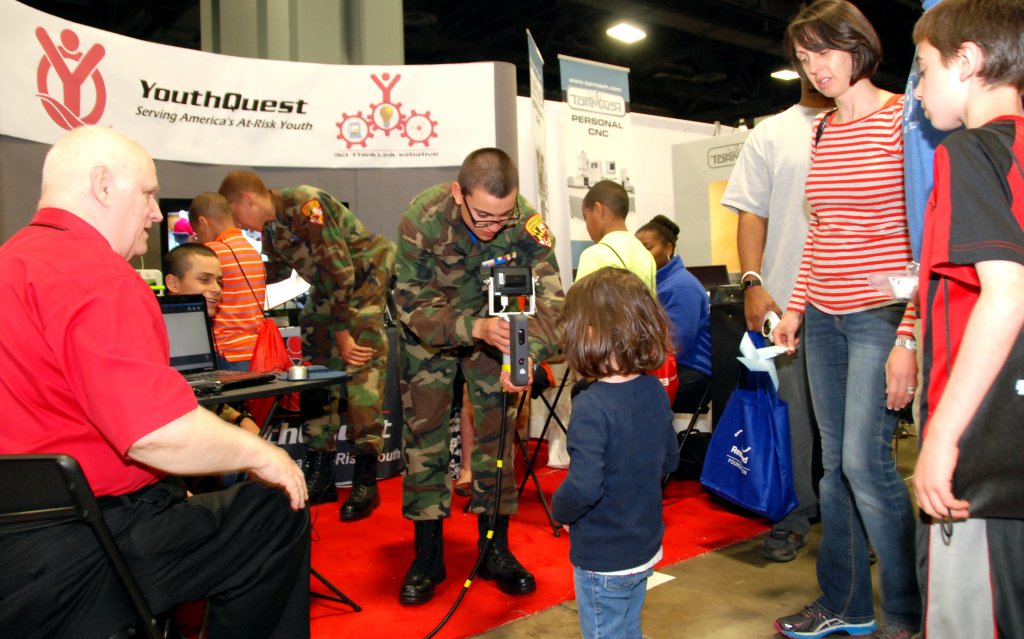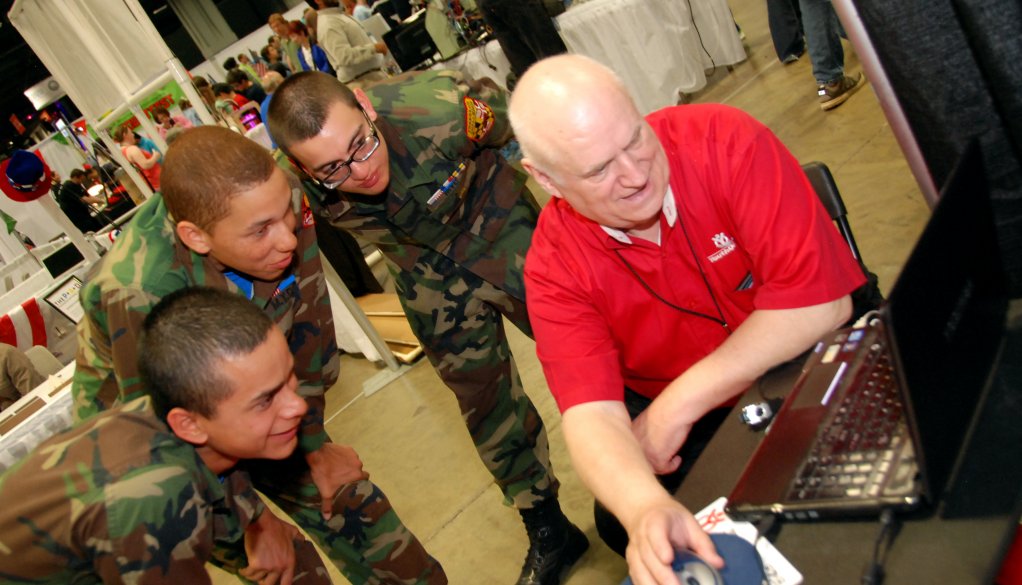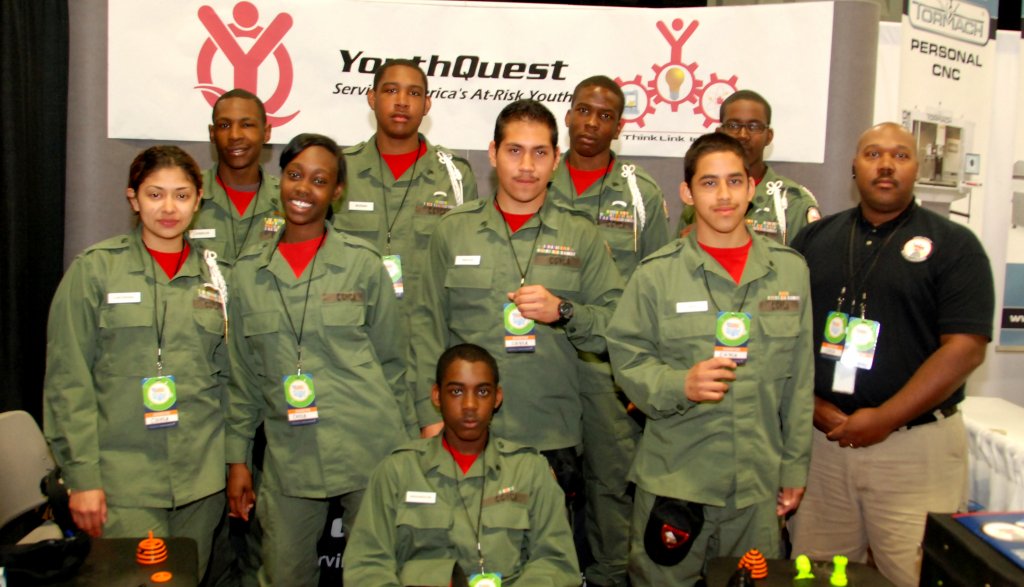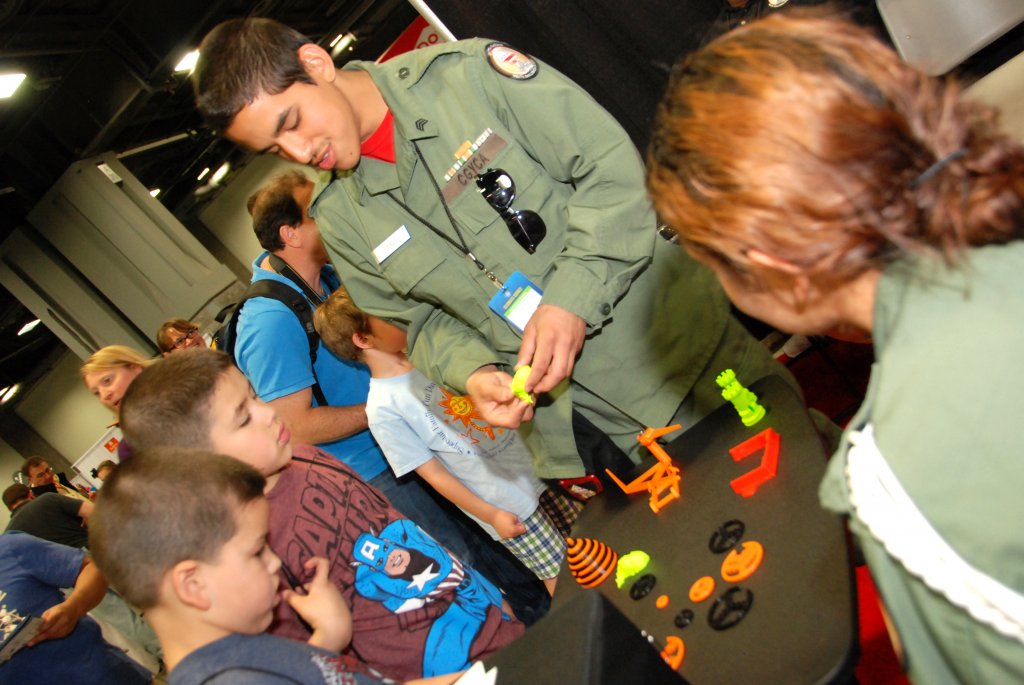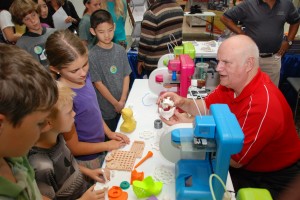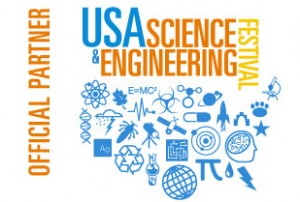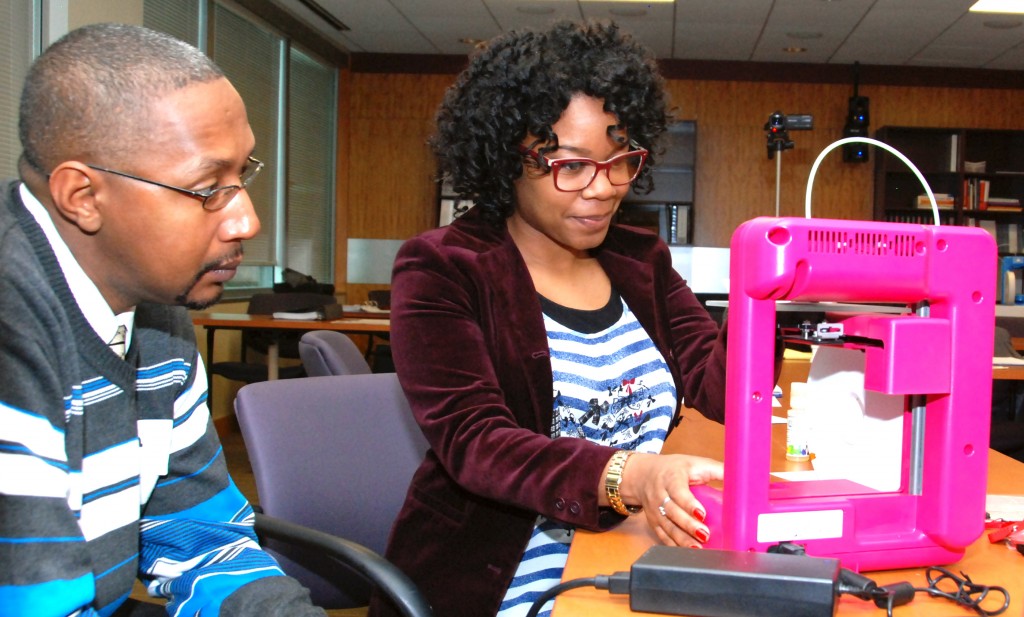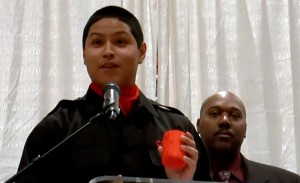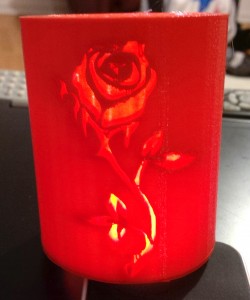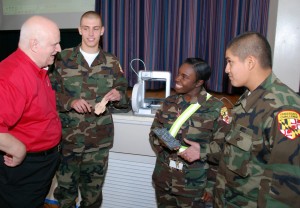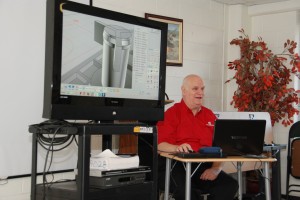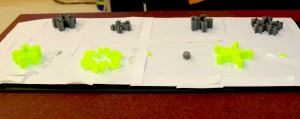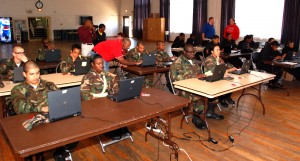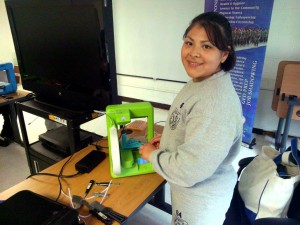A wide world of possibilities awaits the students from South Carolina, Maryland and the District of Columbia who have just completed the 3D ThinkLink Initiative training course provided by the YouthQuest Foundation.
They got a close-up look at some of their educational and career opportunities during Vocational Orientation events last week.
YouthQuest’s 3D design and printing classes supplement the math and science curriculum at three National Guard Youth ChalleNGe Academies, where high school dropouts get a chance to turn their lives around. Our project introduces these at-risk teens to the revolutionary technology of additive manufacturing while also helping them develop the critical thinking and problem-solving skills they need to succeed.
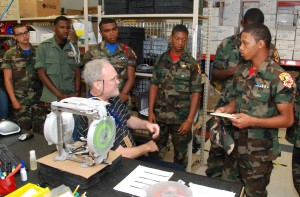
The South Carolina Youth ChalleNGe Academy class was treated to an extensive tour of 3D Systems headquarters in Rock Hill, S.C., on June 5. The next day, the Cadets from Maryland’s Freestate and DC’s Capital Guardian programs visited the 3D Systems facility in Herndon, Va., where the Cube 2 printers they used in class were made.
The company is the Foundation’s strategic partner in the 3D ThinkLink Initiative.
“3D Systems really pulled out all the stops for us,” said YouthQuest President and Co-Founder Lynda Mann.
She praised the many 3D Systems employees who took time to show the students around and answer their questions. Their explanations helped the Cadets see how concepts they learned about in school, such as the scientific method, are used on the job.
In Rock Hill, employees from many departments – such as accounting, legal, sales and human resources – joined the students during lunch to take the conversation beyond technology. They asked about the Cadets’ aspirations and described the sometimes-twisted path they took to their job at 3D Systems. The teens came away with some valuable insights to consider as they plan their own careers.
The South Carolina students wrapped up their day with a visit to ITT Technical Institute in Columbia, where they explored opportunities in skilled-trades education and used a computer program to create some simple house designs.
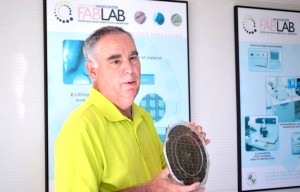
The Maryland NanoCenter at the University of Maryland was the first stop for the DC and Maryland students on June 6. FabLab Director Jim O’Connor used a 60-year-old transistor radio and a silicon disk printed with billions of microscopic transistors to illustrate nanotechnology. Then he took the group into a lab where engineers and biologists are working together to 3D-print human tissue.
The Cadets were impressed and pleasantly surprised to learn that they’re only a few years younger than many of the students they met who help with the groundbreaking research in the lab.
Switching from the research to the production aspects of 3D printing, the students toured Prototype Productions, Inc. in Ashburn, Va.
PPI’s Chief Technology Officer Ben Feldman and Project Engineer Darin Janoschka showed how the company uses a combination of additive manufacturing and traditional machine shop work to develop products for clients in industries including medical, biotech, aerospace and defense.
Coming a week before graduation, these Vocational Orientation events were important in providing real-world context for the lessons the students learned in class. Now, as they take the next step in their lives, they have a better understanding of the options available to them, thanks to our 3D ThinkLink Initiative.

